Archaeology

3D scanning the archaeological dog skeleton
A key component of Museum of Sydney’s interpretation is the archaeological remains of First Government House

A short history of the Hyde Park Barracks
In the early 19th century, the Hyde Park Barracks was the central convict institution and crossroads for tens of thousands of convicts shuffled back and forth throughout the colony. It's now on the World Heritage list, recognised among the world’s most important cultural heritage places linked to forced migration, colony building and convict culture.
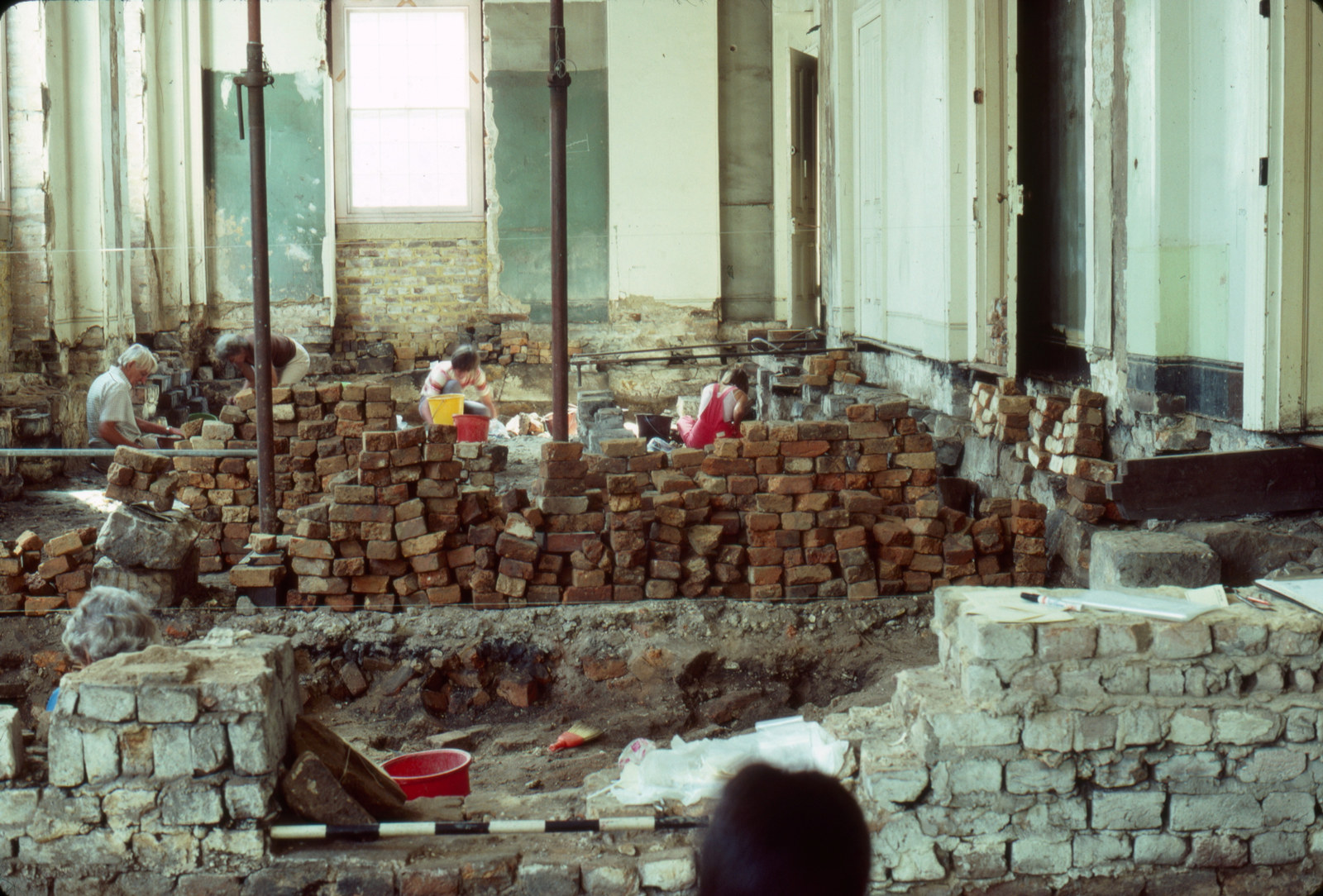
Archaeology in action: Hyde Park Barracks
Occupied continuously by government institutions throughout its history and with over 100,000 individuals passing through, Hyde Park Barracks has a rich archaeological record
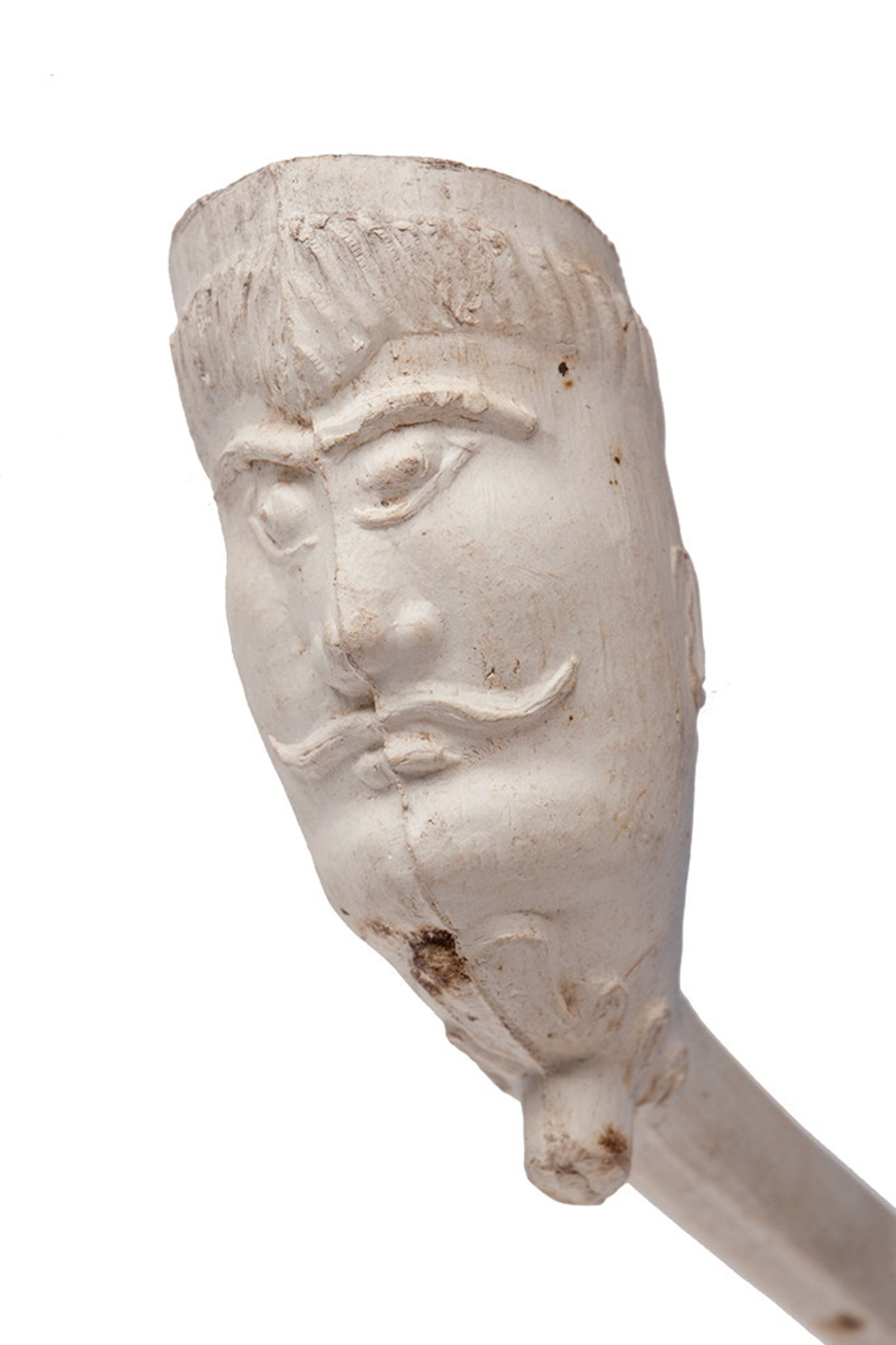
Convict Sydney
Clay Tobacco Pipe
This tobacco pipe with its bowl in the shape of a man’s head was recovered by archaeologists at Hyde Park Barracks
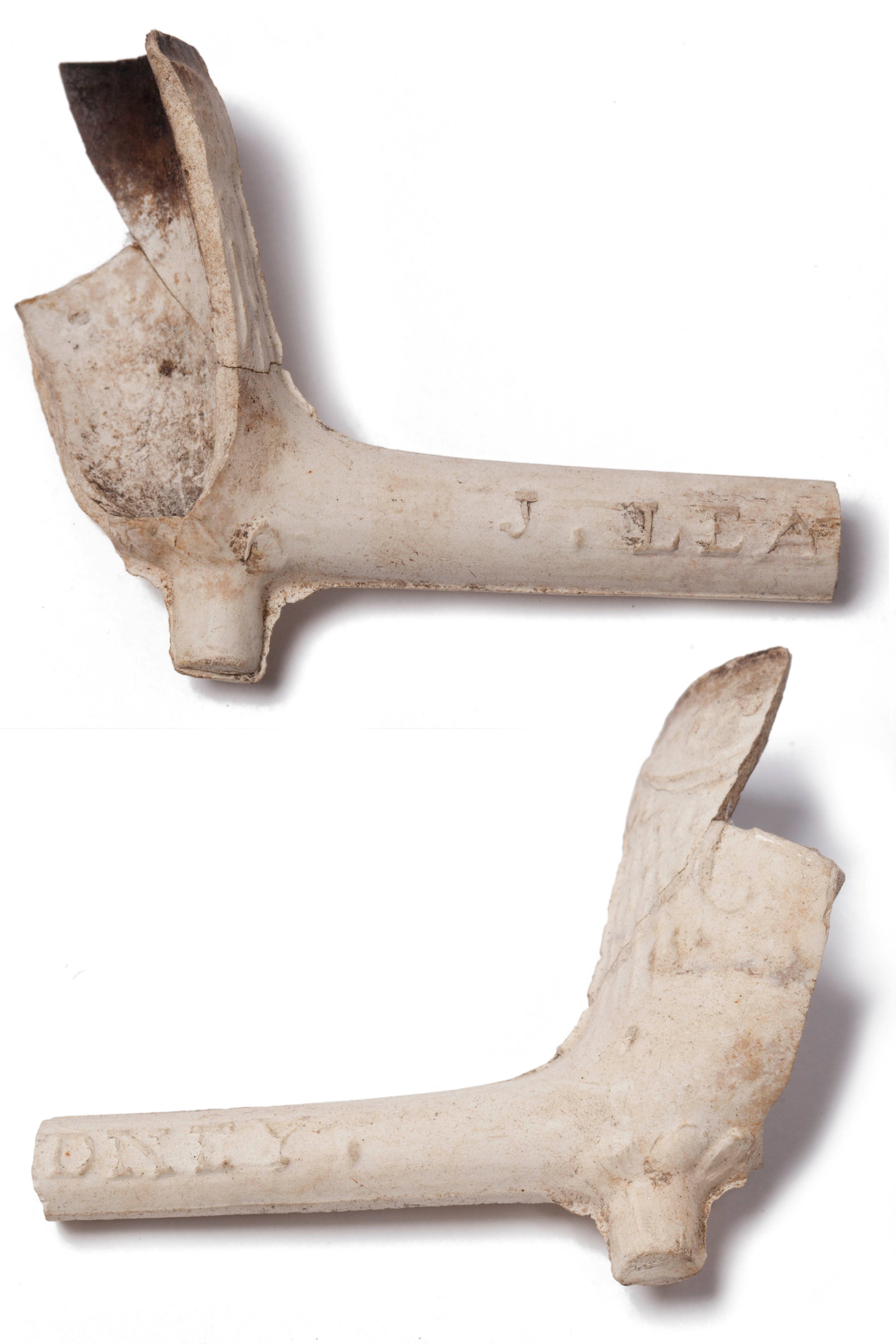
Convict Sydney
Clay tobacco pipe
There were 1500 fragments of convict-era clay tobacco pipes recovered by archaeologists from Hyde Park Barracks
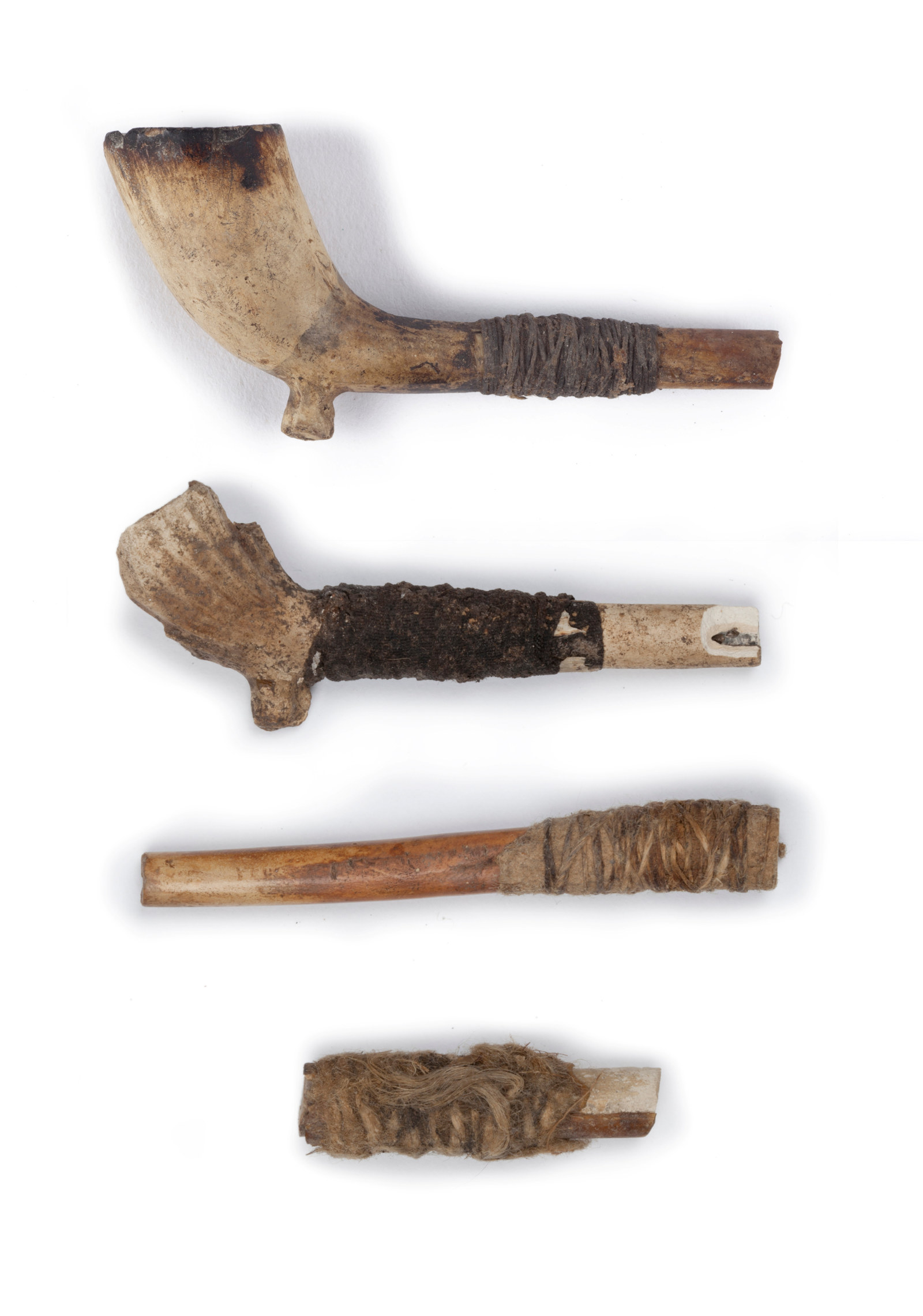
Convict Sydney
Clay tobacco pipes, repaired
Known as steamers to the convicts, these tobacco pipes have been repaired with resin and twine where their fragile stems broke
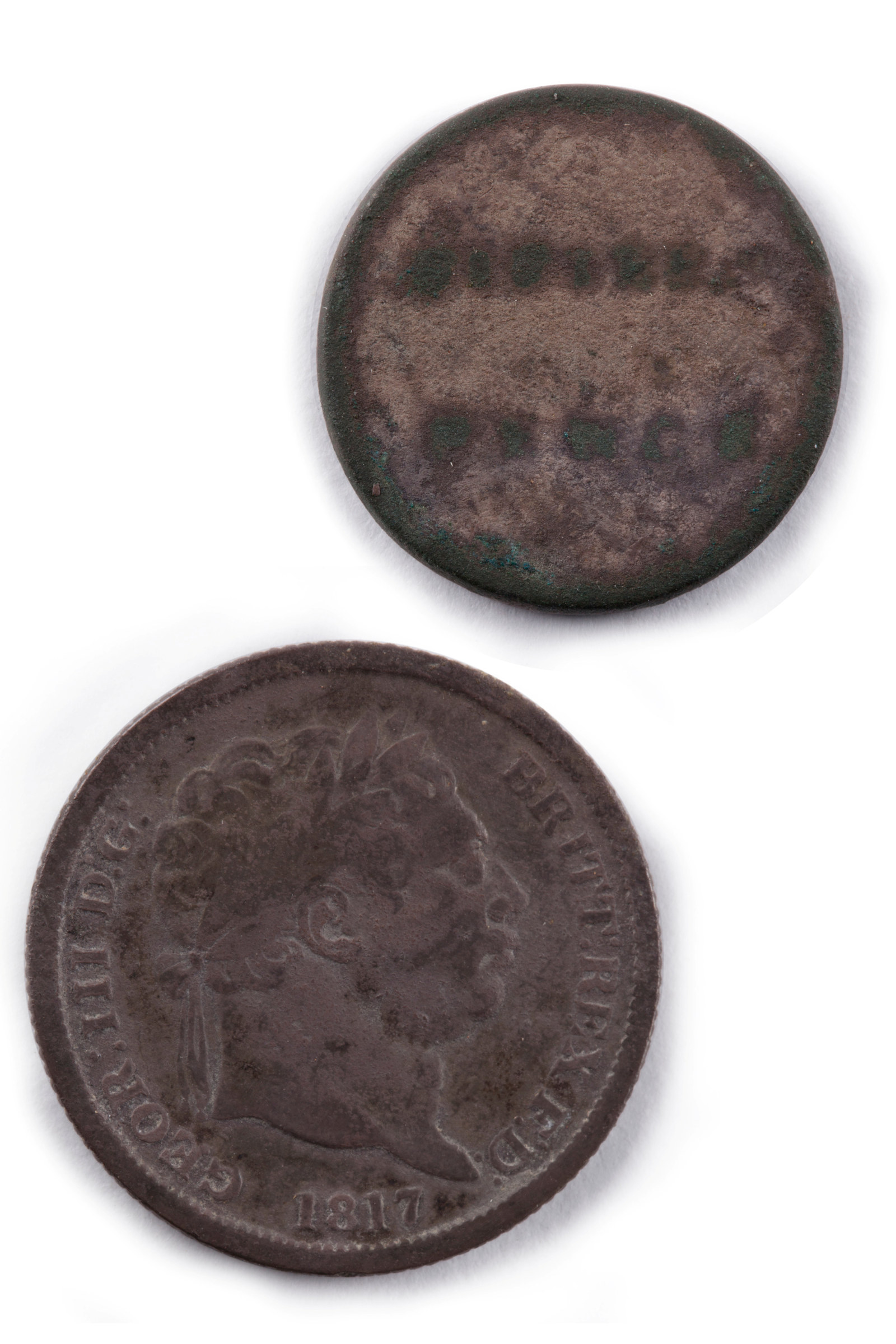
Convict Sydney
Convict coins
This early colonial currency tells us that all kinds of coins changed convict hands at the Barracks

Convict Sydney
Convict uniform buttons
Archaeologists found over 250 bone buttons, which were once attached to convict shirts, jackets and trousers, and then lost beneath the floors
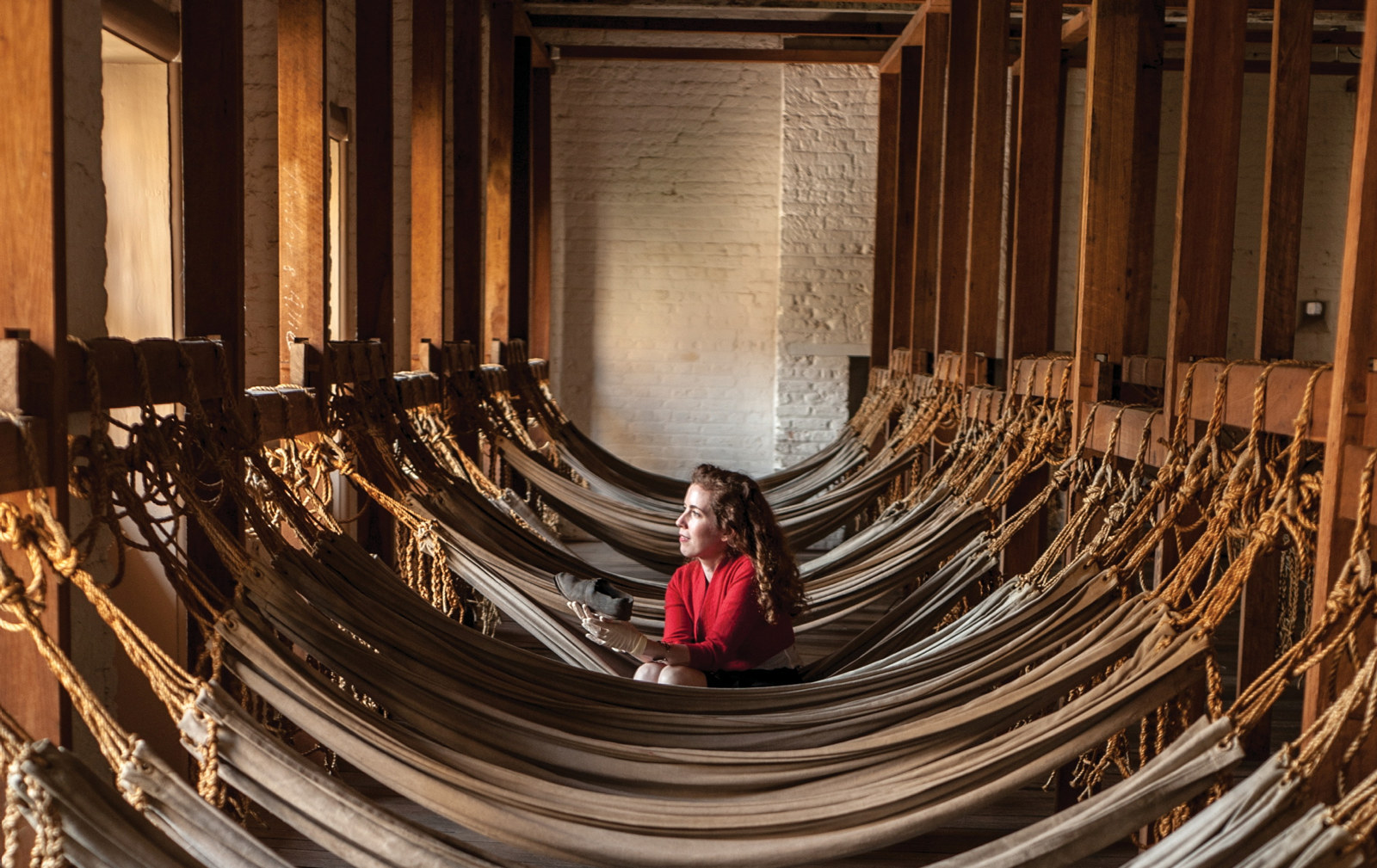
Dig a little deeper
Fruit seeds, fragile fragments and family history – archaeologist and curator Dr Fiona Starr shares her discoveries